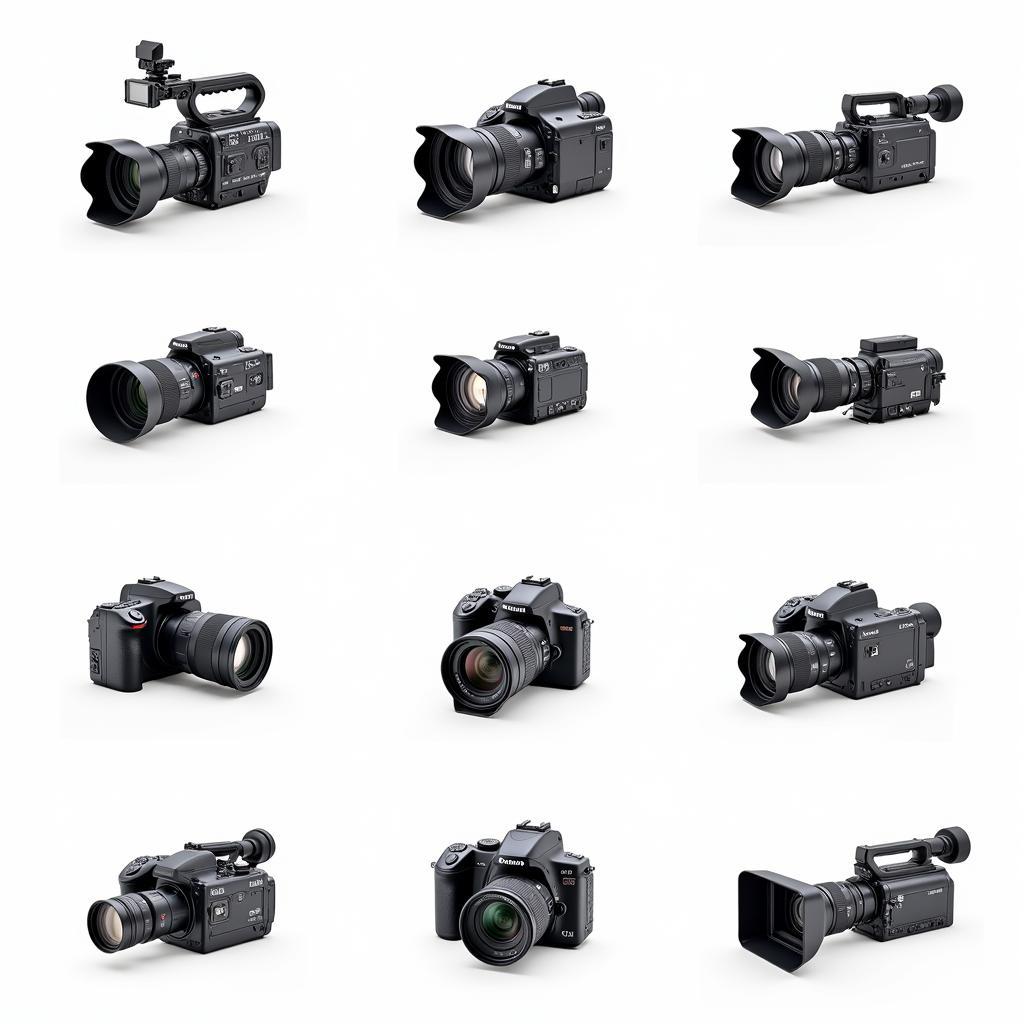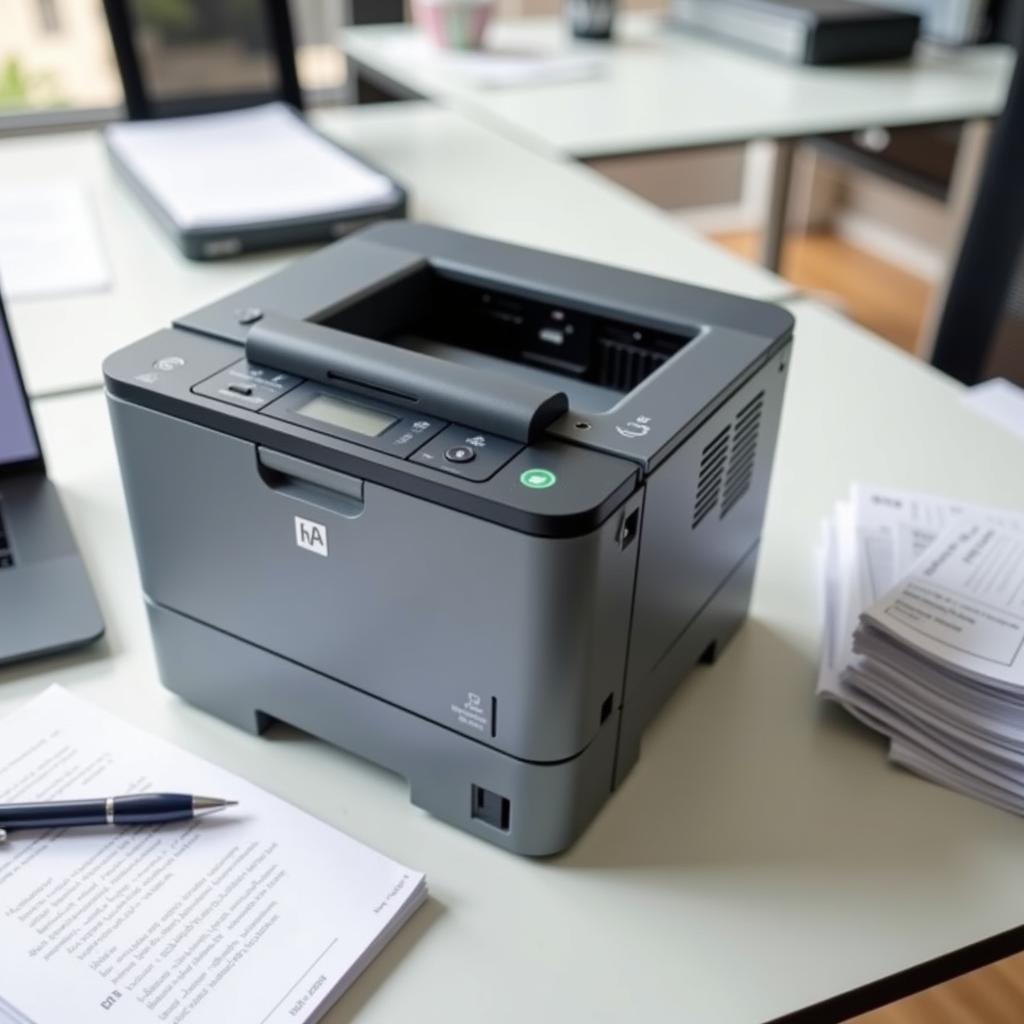“Mái che” in Vietnamese translates to “canopy” or “awning” in English. Both terms refer to a covering typically made of fabric, metal, or other materials that is extended over an area to provide shade and protection from the elements.
Let’s delve into the nuances of each term:
Canopy vs. Awning: Understanding the Difference
While both canopies and awnings offer shade and shelter, there are subtle differences in their typical usage and design:
Canopy:
- Temporary or Portable: Canopies are often designed to be easily assembled and disassembled, making them suitable for temporary use at events, markets, or outdoor gatherings.
- Freestanding or Attached: Canopies can be freestanding, supported by poles, or attached to a building or structure.
- Variety of Shapes and Sizes: Canopies come in various shapes, including dome-shaped, pyramid-shaped, and rectangular, and can range in size from small personal shades to large event tents.
Awning:
- Permanent or Semi-Permanent: Awnings are typically more permanent fixtures, often attached to the exterior of a building.
- Attached to a Building: Awnings are usually fixed to a wall above a window, door, or patio, extending outward to provide shade and protection.
- Retractable Options: Many modern awnings are retractable, allowing you to extend or retract them as needed.
Choosing the Right Term: Context is Key
When deciding whether to use “canopy” or “awning,” consider the context:
- For a temporary, portable shade structure used at an event, “canopy” is the more appropriate term.
- For a more permanent shade structure attached to a building, “awning” is the better choice.
Other English Words Related to “Mái che”
While “canopy” and “awning” are the most common translations for “mái che,” other English words convey similar meanings depending on the specific context:
- Sunshade: A general term for any device or structure designed to provide shade from the sun.
- Shelter: A structure that provides protection from the elements, including rain, sun, or wind.
- Covering: A broad term for anything that is placed over something else to protect or conceal it.
Using “Canopy” and “Awning” in a Sentence
Here are some examples of how to use “canopy” and “awning” correctly in a sentence:
- Canopy: “We set up a canopy in the backyard for the barbecue.”
- Awning: “The café had a striped awning over the outdoor seating area.”
Conclusion: Finding the Right Shade
Whether you opt for a “canopy” or an “awning,” selecting the right shade structure can enhance your outdoor experience. Consider the purpose, location, and desired level of permanence when making your choice.
If you’re looking for reliable power solutions for your outdoor events or need a backup power source for your home or business, contact Máy Phát Điện Hà Nội at 0373298888 or email us at [email protected]. Visit our office at 86 Cầu Giấy, Hà Nội, for expert advice and top-quality generators. We offer 24/7 customer support to meet your power needs.


